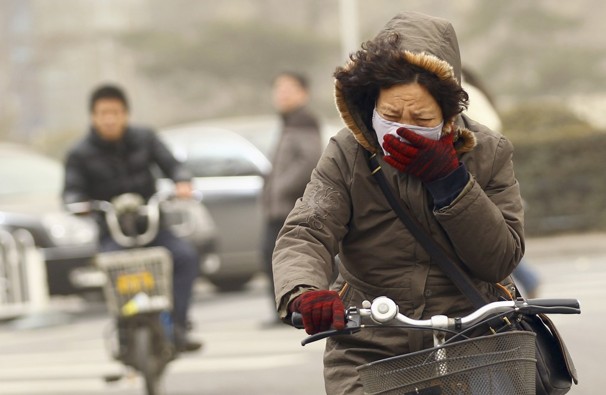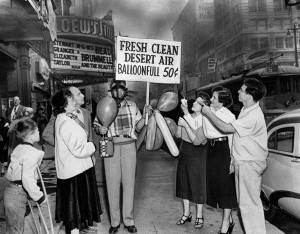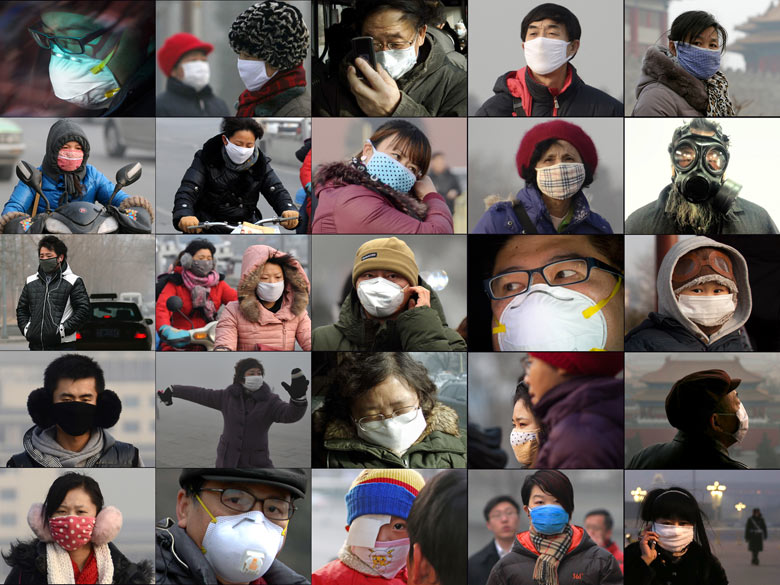Killing Jobs or Killing All But..?

 When I first encountered serious air pollution was in L. A. in the early 1970s while returning from the Navy in San Diego to civilian life again in Detroit. While I found likable aspects, including MOCA, Hancock Park and the La Brea Tar Pits and Malibu, I left feeling that I wouldn’t return any time soon for the smog-inducing tears and persistent coughing due to cars, leaded gas and unchecked industry.
When I first encountered serious air pollution was in L. A. in the early 1970s while returning from the Navy in San Diego to civilian life again in Detroit. While I found likable aspects, including MOCA, Hancock Park and the La Brea Tar Pits and Malibu, I left feeling that I wouldn’t return any time soon for the smog-inducing tears and persistent coughing due to cars, leaded gas and unchecked industry.
Looking back at it, I, for one, am thankful that President Richard Nixon signed into law the EPA’s Clean Air Act of 1970. In a study released on Nov. 28, 1973, the agency determined “that lead from automobile exhaust was posing a direct threat to public health.”
Looking further back, the first meaningful legislation of air quality was signed into law by President Eisenhower, called the Air Pollution Act of 1955. (Too young to remember.) It’s origins were in the bad air of Southern California. More so, however, was the effect of a week of temperature inversion in Denora, PA. According to an historical account, auto traffic had to be stopped due to a lack of visibility. What’s more, 20 people in the town “died during or shortly after the incident due to the increased levels of pollution and hundreds of other residents were either hospitalized or forced to evacuate.” Called the “Denora Death Fog,” a report by Rollins College’s Kyle Magee goes on to say that a study conducted 10 years later concluded that mortality rates were significantly higher in Denora than in surrounding areas over that time period.
More recently, the EPA has claimed that due the emission controls the agency imposed more than 30 years ago, “vehicles now sold in the U.S. emit 96 percent less carbon monoxide, 98 percent less hydrocarbons, and 90 percent less oxides of nitrogen than vehicles sold in the early 1970s.”
What got me thinking about this again was a recent report in The Washington Post titled “In China, pollution resists change.” Two years ago I was working for a week in Shanghai on greening a leased space in an office tower for a new corporate headquarters. Only my last day was nearly reduced to night due to the air pollution there, so I was lucky. Anyway, to peruse this article, click on this link, and give some thought to where we’d be in many of our cities if not for the Clean Air Act and its updates. Brings the burning sensation back to my mind’s eyes.
At St. Margaret’s, you already have one proposal to nearly eliminate GHGs for all church buildings by erecting a ground-mounted solar PV array in the field nearer to the rental house that would power the campus. Others proposals are being pursued.
In my estimation as your LEED consultant, there isn’t a much better embracing of the Christian call to environmental stewardship. In exchange for signing a long-term agreement to buy the power from the array at a rate something less than the going BGE rate, you get to meaningfully damper BGE’s coal- or nuclear-fired plants over the same long term, i.e., GHG!
For more recent bad news on the environment, The New York Times reported on Friday, May 10th, that scientists have found that carbon dioxide has “passed a long-feared milestone,…reaching a concentration not seen on the earth for millions of years.” For more insight, go to the article.
For the contrarian view, published in editions of The Wall St. Journal as an op-ed piece, click here to read it.
With peer review, reports on our climatic condition are more helpful. Still, quoting from The New York Times article, “Countries have adopted an official target to limit the damage from global warming, with 450 parts per million seen as the maximum level compatible with that goal. But, China and the U.S. are among countries refusing to set binding national targets. That’s where we get back to killing jobs, I suppose.
But, what do you think? Do something about it, or ignore it as conspiracy or something unfounded?
